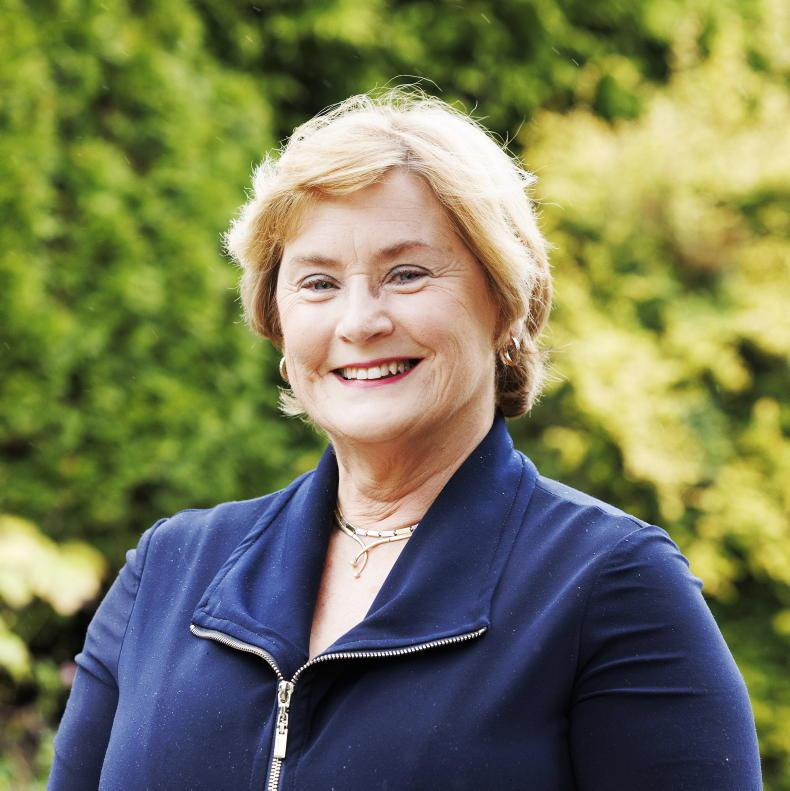The sound of hurried feet along the corridor as the staff rush back to me is one of the nicest sounds of this summer. It is beyond rippling streams and summer breezes. It calms me immediately and brings me back to reality.
I try to keep my radiotherapy sessions compartmentalised into the “must do and then forget” box.
That is why I asked for them early in the morning to get them out of the way. The staff are gushing.
“Well done Katherine, you were amazing. We’ll get you down now.” Talitha continues, “Katherine, how are your little calves?”
Of course, I tell her and I probably go on a bit too much. I’m a little woozy as I get off the bed onto the step. Talitha and Rhasdia are jubilant. It’s my last day. They are kind and caring, giving me advice and assuring me that I can contact the centre if I have concerns. I know that my safety is their priority.
State-of-the-art
My radiation oncologist is Dr Paul Kelly at the UPMC Radiotherapy Centre in Cork. The facility is state-of-the-art. I’m humbled once again, realising just how many professional people have been involved in my care during this leg of treatment.
There were physicians, radiographers, nurses and UCC students. I checked in every morning with Lucia at the desk and was always greeted with a big smile.
The good humour of the staff is palpable all the time and it did uplift me as I navigated through a treatment that is certainly daunting for the uninitiated. At the outset, I was nervous. I worked to control it because I needed to concentrate on holding my breath at the appointed times. Obviously, that is because the lungs are moving and in order to deliver the radiation therapy, the patient must lie as still as possible.
I had a tiny tumour in each lung and my consultant oncologist Dr Deirdre O’Mahony, together with Dr Paul Kelly, decided that stereotactic ablative radiation therapy was the best way forward for me. It delivers a high dose of radiation to the cancer to wreck its DNA, preventing it from replicating.
The procedure
There have been three to four staff in the room with me each day while they positioned me on the platform on a special mould that was made for my unique shape. So many names – Mary-Pat, Muireann, Georgie, Tamryn, Laura, Talitha, Jessica, Christina, Rhasdia and more.
They are beautiful people, a mixture of radiographers and students. Once everything was in place with the large circular part of the machine over me; the girls left.
That’s lonely. Then the team operates the machine remotely. Suffice to say it was like a Star Wars experience. R2-D2 and C-3PO started to manoeuvre about, clicking as the arc of the machine moved into place for precision scans and treatment.
A quieter arm which houses a camera monitored me constantly. The whole process was completed in 30 to 40 minutes. Dr Paul Kelly and Dr Mohd Samuji, registrar, have been on hand when necessary to explain the procedures and the blips to me. Mark and Aisling, clinical nurse specialists, have also kept me informed and on track. This treatment has run over three weeks. I’ve had two mapping sessions and nine treatment days.
Empty battery
I’ve been lucky with minimal side effects so far. The most notable one being a crippling fatigue that stops me in my tracks. It demands attention. The battery is suddenly empty and can only start up again after a sleep. I’m free until my next scan in the middle of August.
Thank you to all the people that look after me in all areas of my life. I’m looking forward to the weeks ahead.






 This is a subscriber-only article
This is a subscriber-only article









SHARING OPTIONS: